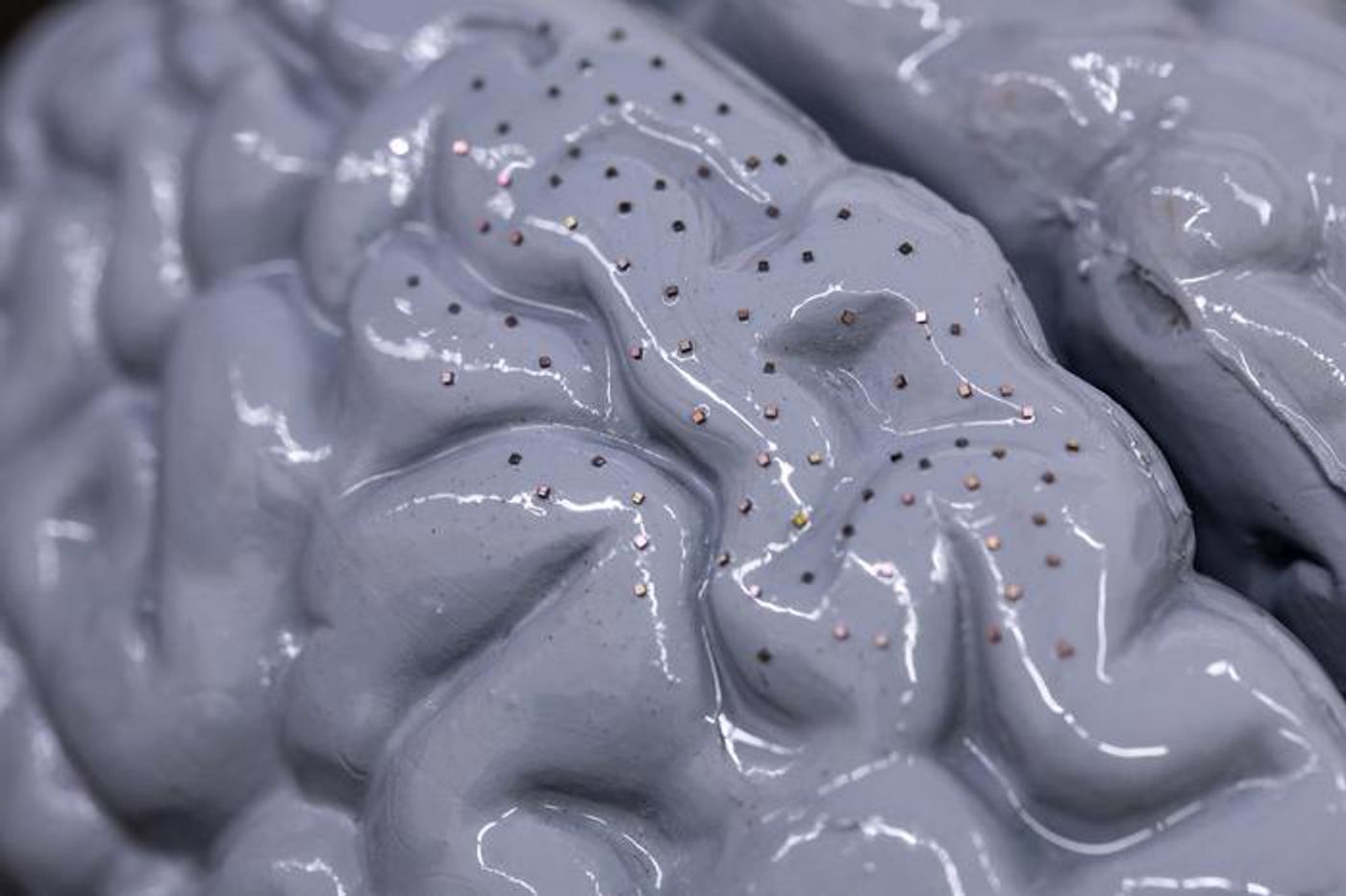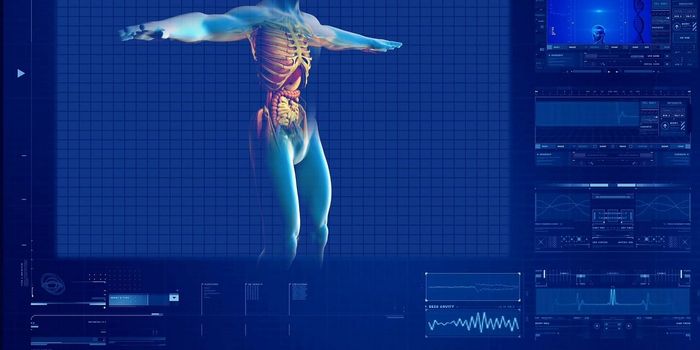Wireless Communication Breakthrough: Microchips the Size of Salt Grains
How small can sensors become while still demonstrating effective wireless communication? This is what a recent study published in Nature Electronics hopes to address as a team of international researchers led by Brown University have developed a wireless network consisting of thousands of salt-sized sensors that can not only be used in electronic devices but in the human body, as well. This study holds the potential to help a myriad of industries, including medicine, telecommunications, and research in developing more efficient methods of wireless communication.
2022 video discussing how brain implants could help ALS patients.
Acting in the same manner as brain neurons, jumps in electrical activity trigger the sensors to communicate with each other wirelessly using radio waves. This allows the sensors to work independently as opposed to in sync with each other, which is a common problem with present wireless networks. Additionally, the system is adaptable for a myriad of sizes and scales, which means its use can be customized based on the needs of the user or users. For the study, the team tested several dozen sensors with resounding success.
Image of the salt-sized sensors compared to a fake human brain. (Credit: Nick Dentamaro/Brown University)
“We live in a world of sensors,” said Dr. Arto Nurmikko, who is a professor in the School of Engineering at Brown University and a co-author on the study. “They are all over the place. They're certainly in our automobiles, they are in so many places of work and increasingly getting into our homes. The most demanding environment for these sensors will always be inside the human body.”
2018 video discussing devices developed by MIT that could be implanted inside the human body.
Going forward, the team envisions this system will incorporate thousands of sensors that can be used to improve microdevices for medicine, along with other fields, as well.
How will these salt-sized sensors improve wireless communication in the coming years and decades? Only time will tell, and this is why we science!
As always, keep doing science & keep looking up!
Sources: Nature Electronics, EurekAlert!









